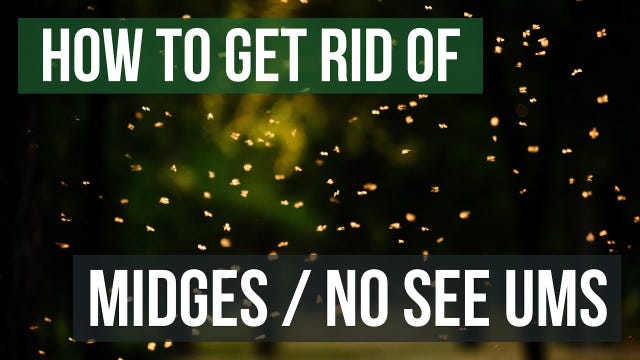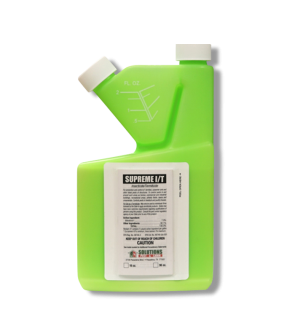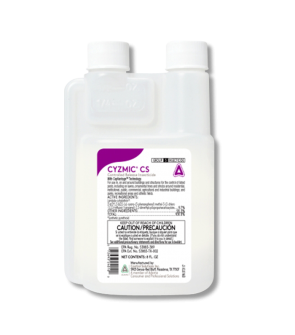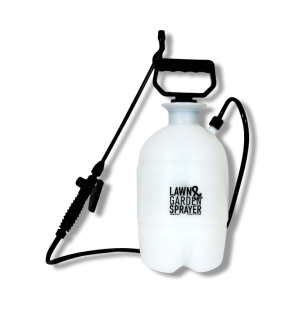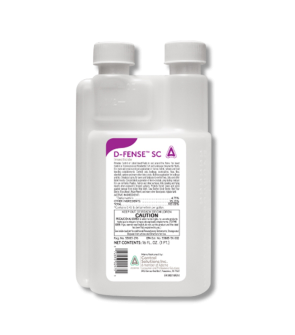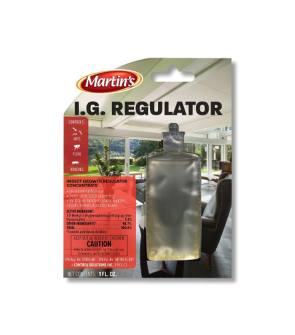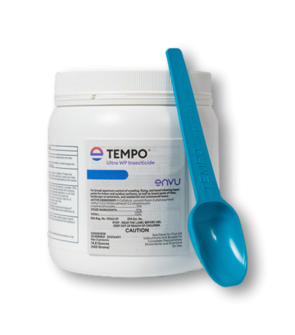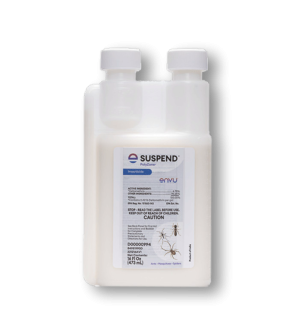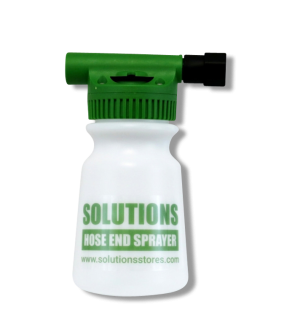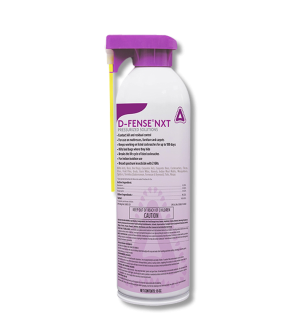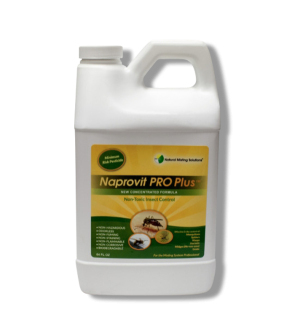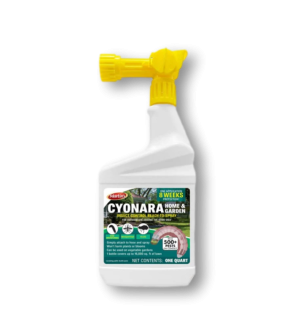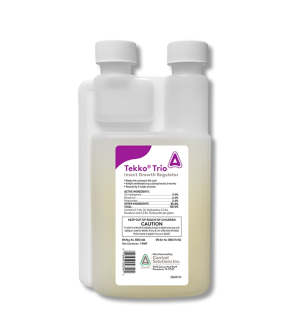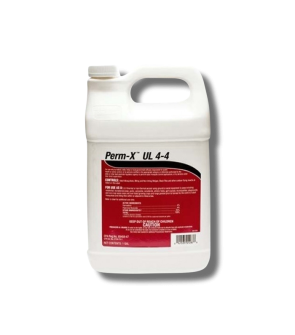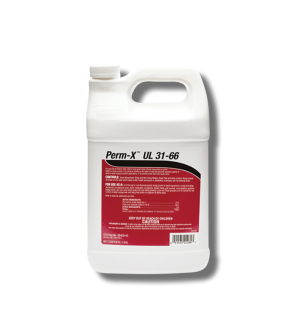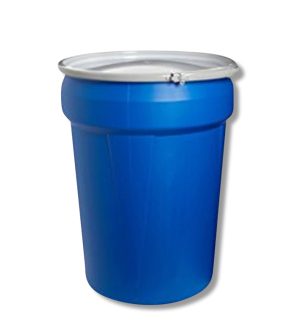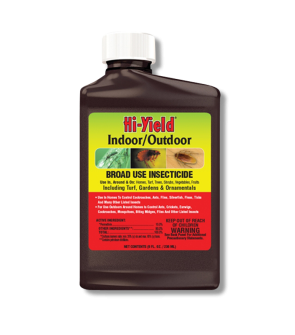Gain access to personalized product screening, the best pricing, rewards, and more!
Most Effective Products
Midge Control: How to Get Rid of Midges
This page is an expert guide on getting rid of midges using the products and methods suggested by our experienced pest control specialists. Follow this guide; we guarantee you will successfully eliminate midges from your home.
If you notice a flying insect around your home resembling a mosquito, it may instead be a Midge. There are many species of midges, some of which are a minor nuisance while others can be more harmful. They are known by many names, including punkies, sand flies, and no-see-ms.
Among the worst midges are biting midges. Biting midges pierce into the skin of humans to suck blood that can cause irritation and allergic reactions.
Biting midges thrive in the spring and summer and can be a particularly serious problem if you live near large bodies of water, such as lakes, rivers, and beaches.
If you have a large infestation of these pests on your property, you must take action to stop the invasion. Follow the expert guide below to learn more about midges and what products best control and prevent midges on your property.
Identification
Before proceeding with pesticide applications, you need to properly identify midges so you know whether or not you're dealing with them. Misidentification can lead to choosing the wrong products for control, wasting time and money.
- Midges bear a close resemblance to mosquitoes and are often mistaken for them.
- Midge species are divided into two groups: biting midges and non-biting midges.
- Non-biting midges range between 1/16 to 1/2 inch long. They have one pair of wings and long legs, and males have feathered antennae.
- Biting midges are considerably smaller at about a 1/8th of an inch long. They are gray, and the female midges have saw-like mouthparts for biting. Males do not bite.
- Midges have fragile bodies, reddish-colored six legs, and clear wings with unique spots and patterns.
- Male midges have antennae covered with little hairs, giving it a bushy appearance.
- Midge larvae are found in stagnant water and are known as "blood worms" for their red color.

Use the image and description above to help you determine what midges look like and whether you have them. If you are not completely sure, contact us, and we will try to assist with identification.
Inspection
Once you have confirmed that you are encountering midges, you can proceed with an inspection. You must pinpoint where the midges are concentrated and what could attract them to the area. This will also help you in determining where to focus your pesticide applications.
Where To Look
Midges like to gather around aquatic environments like marshes. Search areas around your home where there is a water body or accumulation of water.
You may likely find midges there if you have an area with sand, wet mud, a pond, swimming pools, a slow-moving stream, or something similar.

What To Look For
Look for areas where there are midges flying around. You can also look for midge larvae and eggs usually laid near vegetation or a water source.
Treatment
Once you have confirmed midges and noted the hot spots where they are active, you can move forward with treatment.
Remember to read all product labels, follow the application instructions on these labels, and stay safe by wearing personal protective equipment (PPE).
To get rid of midges, we recommend spraying a mixture of Supreme IT Insecticide and Martin's IGR Insecticide as a barrier treatment around your home perimeter and for spraying surfaces.
Outdoors, we recommend applying Flex 10-10 with an automatic misting system or mist blower to control Midges around yard trees, ponds, and ornamentals.
Step 1 - Remove Standing Water Sources
Before applying any insecticides, you need to first get rid of midge breeding grounds. During this step, you will remove standing water and fix moisture issues around the home.
Remove any accumulated moisture outside and near your home, as these are prime areas where midges will reside. Discard all stagnant water from inside the house.
Remove water from birdbaths; cover the swimming pool with plastic sheets. Empty buckets of water and tires filled with stagnant water. Make sure all moisture is removed.
Your lawn soil should not be too damp. If it is, you need to address drainage issues in your yard. By eradicating all sources of water, the midges will not be able to breed, and it will help curb the midges' population.
Step 1: Outdoor Treatment with Supreme IT and Martin's IGR Insecticide
Supreme IT is a broad-spectrum insecticide concentrate labeled for controlling midges and can remain effective for up to 90 days.
Martin's IGR Insecticide is an insect growth regulator that disrupts the reproductive and development cycle. As a result, midges are sterilized and cannot multiply their population.
This makes for a lethal combination that controls the midge population while being safe to apply on turf and ornamentals.
Before applying the products, calculate the square footage of your yard to determine how much product you need. You can measure the treatment area's length and width in feet and multiply the two values (length X width = square footage).
Mix 1 oz. of Supreme IT with 0.67 with 1 gallon of water to treat 1,000 square feet.
Use a handheld pump gallon sprayer and go around the perimeter of your home to treat exterior walls, windows, light fixtures, doors, and other areas where midges have been seen resting. Spray your foundation three feet up and three feet out.
Continue to apply this application every 10 to 14 days until the population is under control.
Step 2: Outdoor Misting Treatment with Flex 10-10
For midges that are congregating outdoors, we recommend applying Flex 10-10.
Flex 10-10 is a synthetic pyrethroid insecticide that can be used indoors and outdoors, but it is excellent for use as an outdoor treatment for your yard ornamentals where midges commonly rest.
Flex 10-10 is specially formulated for use in Automatic Misting Systems, mist blowers, or other approved misting equipment.
Under normal conditions, dilute between 3.2 fl. oz. and 6.4 fl. oz. of Flex 10-10 per gallon, depending on the severity of the midge infestation.
Disperse the Flex 10-10 misting solution in your yard, spot-treating mulch beds, flower beds, shrubs, ornamentals, garden areas, around trees, and other areas, especially in areas with moist soil and standing water.
When applying around ponds or lakes, ensure the mist doesn't directly contact the water surface. After misting, keep out of the treated areas until the space has properly ventilated.
Prevention
Once you have used our professional treatment products to remove midges, you will need to make sure the pests don't make a return. Here are some preventative measures we suggest:
- Continue addressing stagnant water issues. Since midges require standing water to breed, address standing water and drain bird baths and other stagnant water areas. Trim back tree branches to reduce shade, and rake, dethatch, and aerate your lawn to promote air circulation in your soil.
- Screen the windows and doors properly to shield the house from midges. Use mesh and other materials to screen openings near the plumbing pipes and electrical wires.
- To prevent midges from entering your home, use silicone foam to seal all the gaps, cracks, and crevices. Canopies and nets can also be used over the bed to prevent the midges from biting while you are sleeping.
- Use dim lights or remove outdoor lights from nearby doors. Midges and other bugs are attracted to lights. Yellow sodium vapor lights are better suited outdoors to keep the midges away from your home.
- Relocate lighting away from all entry points and keep them away from the entrance. Tinted pink and orange color lights are also helpful.
- Applying Supreme IT and Martin's IGR Insecticide applications every quarter will keep midges away for up to 90 days. So, if you apply every three months, you will get year-long control from not only Midges but a large number of other pests. These are just some of the natural remedies that can kill bird mites.
- Since these are small insects, getting rid of them is harder. However, you can prevent an infestation by keeping your house clean and blocking entry points such as doors and windows.
Key Takeaways
What are Midges?
- Midges can irritate yards and homes, especially if you live close to bodies of water. Midges are tiny and appear in swarms by the thousands near water. They can cover your car, your house, and your body in seconds.
How To Get Rid of Midges
- A combination of Supreme IT and Martin's IGR Insecticide is highly recommended to get rid of midges. Apply the Supreme IT/Martin's IGR Insecticide combination as a perimeter barrier around the home structure and on surfaces where you have seen midges rest. Outdoors, apply Flex 10-10 using an Automatic misting system or a mist blower over shrubs and ornamentals, as well as around ponds or lakesides.
Preventing Midge Reinfestation
- Prevent the return of midges by sealing up points of entry, addressing standing water issues where possible, and reapplying Supreme IT and Martin's IGR Insecticide quarterly.
-
Q:Midges are living in my bedroom, I believe these are midges. They have been here at least a year and they don't slow down even during the winter months. They are extremely fast and can barely see them,they bite you while in the shower as well. I've tried killing them with all remedies and went as far as throwing g open flame from hairspray and a lighter. Please give me some good input on this matter3/30/25
-
Q:How get get rid of biting midges living inside my home. They seem to be living in my drains and houseplants. Thanks for your help!3/20/25A:Treat organic buildup in drains with Forid Drain Gel: https://www.solutionsstores.com/forid-drain-gel-cleaner . For treating plants, you can use a spray for contact kill like Pyrid: https://www.solutionsstores.com/pyrid-aerosol
Colin Travis
3/31/25 -
Q:What is your recommendation to eradicate midges from the inside space at home?2/9/25






